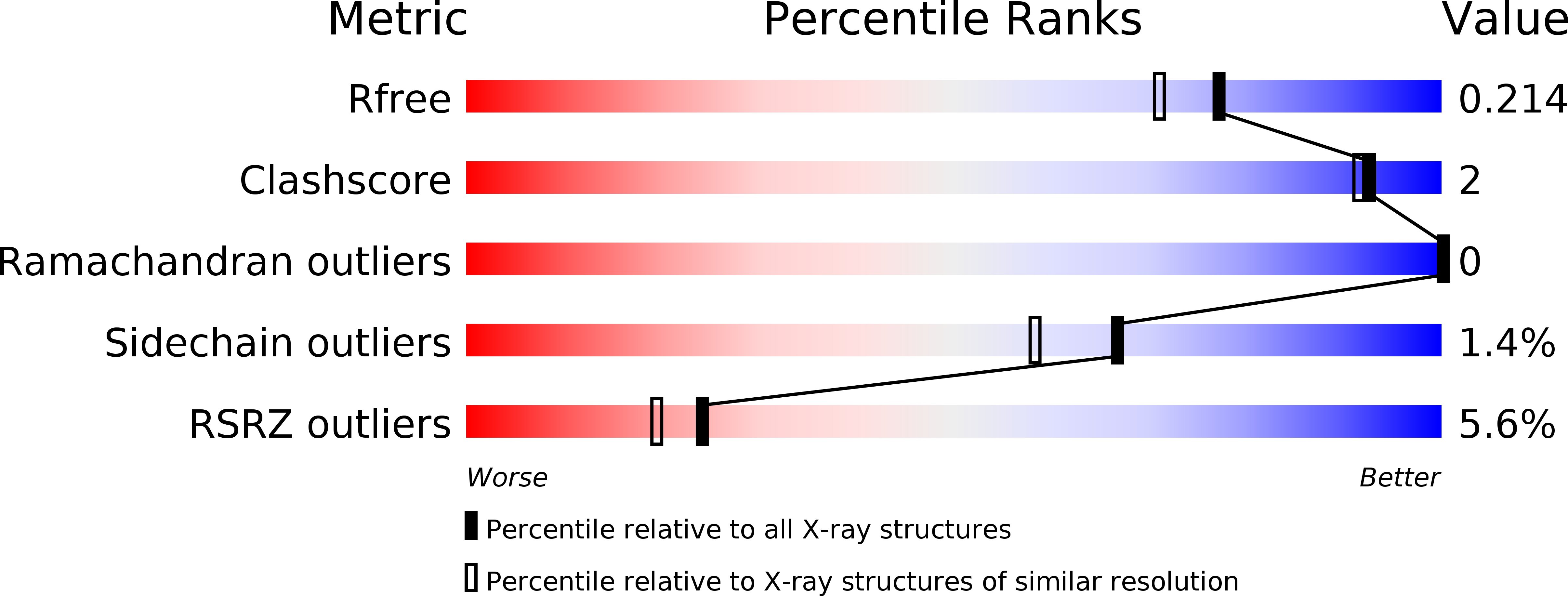
Deposition Date
2017-12-15
Release Date
2018-08-22
Last Version Date
2024-10-16
Method Details:
Experimental Method:
Resolution:
1.82 Å
R-Value Free:
0.20
R-Value Work:
0.18
R-Value Observed:
0.18
Space Group:
P 21 21 21


